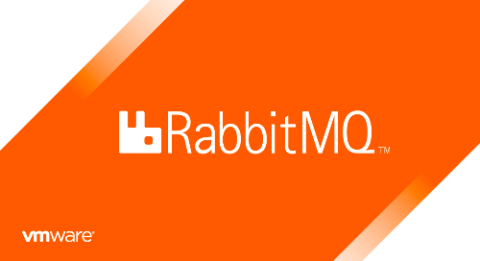Operations | Monitoring | ITSM | DevOps | Cloud
VMware Tanzu
For the Kubernetes Value Line Look to Open Source Innovation
Kubernetes has emerged as a transformative force, reshaping the way organizations develop, deploy, and manage applications. Adoption of containers and Kubernetes has ballooned in the past years, as heralded by everyone from the Cloud Native Computing Foundation (CNCF) itself, to the vendors offering their Kubernetes wares, to the research firms that track trends in enterprise technology adoption.
How to Manage, Unmanage, and Move Clusters Between Cluster Groups
Create Kubernetes Clusters Using Terraform and VMware Tanzu to Enable Continuous Delivery
EMA Cloud Rants: Managed Kubernetes
Visualize Your Cloud TCO with Tanzu CloudHealth
As companies continue to invest, adopt, and grow into cloud, as well as manage a strong public and hybrid cloud environment, it is very important to understand what are the common pain points of their sub-organizations.
EMA Cloud Rants: Kubernetes Security
Six Types of Metrics Product Managers Should Know
Setting and tracking appropriate target metrics are an important part of a product manager’s job. Goals must be defined, not just as inspiring vision statements, but also as quantifiable targets that can be objectively measured. Metrics can be deployed in different contexts and for purposes; however, useful metrics in one scenario can be misleading in regards to another. The problem comes when you’re not clear about what kind of metric you’re trying to set.
EMA Cloud Rants: Kubernetes Distributions
Understanding the Differences Between RabbitMQ and Kafka
This blog was co-written by Howard Twine and Gregory Green. A few years ago, a colleague of ours wrote an informative post to help readers understand when to use RabbitMQ and when to use Apache Kafka. While the two solutions take very different approaches architecturally and can solve different problems, many people find themselves comparing them for situations where there is overlap.











